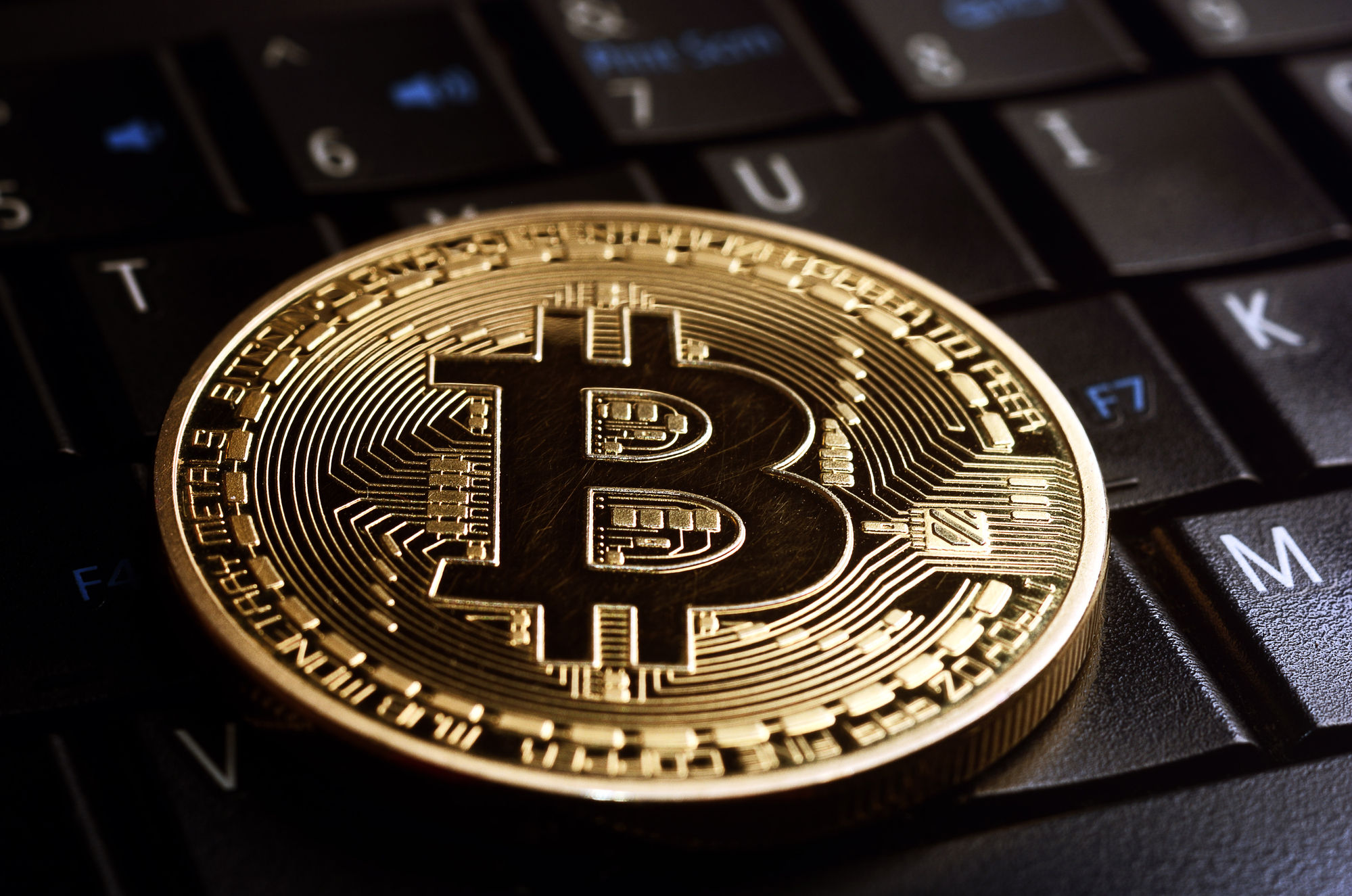- US SEC has received spot Bitcoin ETF applications from BlackRock and Invesco
- Creating a mechanism to survey the market is the secret to securing spot ETF approval
Jeremy Allaire, the CEO and cofounder of Circle, expects regulators to approve the new wave of Bitcoin exchange-traded funds (ETFs) as the companies address their “past concerns,” CoinDesk wrote, citing an interview with Bloomberg at the World Economic Forum.
More mature market structures now in place
He said:
I believe progress is being made with more mature market structures that would support something like that. You have mature spot markets, well-regulated custody infrastructure, and good market surveillance. Many of the past concerns are being addressed, suggesting that these kinds of products are more likely to be approved for general investor access.
Multiple spot Bitcoin ETF applications
The US Securities and Exchange Commission (SEC) has received numerous spot Bitcoin ETF applications, including from Invesco, BlackRock, and other blue-chip asset managers. Reuters reported that BlackRock’s plans for the fund helped push Bitcoin to its highest value in a year. However, analysts are concerned that rising interest rates and stringent regulatory measures might choke off the rally.
Glimmer of hope
Industry insiders believe that creating a mechanism to survey the market is the secret to securing approval of the spot ETFs, not unlike how Ontario regulators asked to establish a mature custody ecosystem before approving the first bitcoin ETFs to trade in Toronto.
Recently, it emerged that ProShares’ Bitcoin Strategy ETF, a futures fund, registered the highest incoming weekly volume in over a year. Investments totaled $65 million, showing that stakeholders still have considerable interest in this asset class.
Allaire added during the interview with Bloomberg that Circle is witnessing demand for digital dollars in developing markets. According to a LinkedIn post, the digital dollar is a proposed form of digital currency that would be issued by the Federal Reserve and would operate alongside physical cash and bank deposits.












